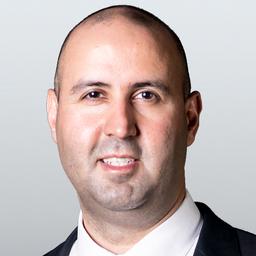The Liberal government’s newly tabled Online Harms Bill will, if passed, allow people to report others to a provincial court judge out of fear that they may commit a hate crime in the future. As well, investigators will be allowed to enter people’s workplace without a warrant and demand access to records, and in some cases, people can file anonymous complaints alleging “hate speech.”
These are just some of the many red flags lawyers have identified in Bill C-63 since it was tabled before the House of Commons on Feb. 26.






